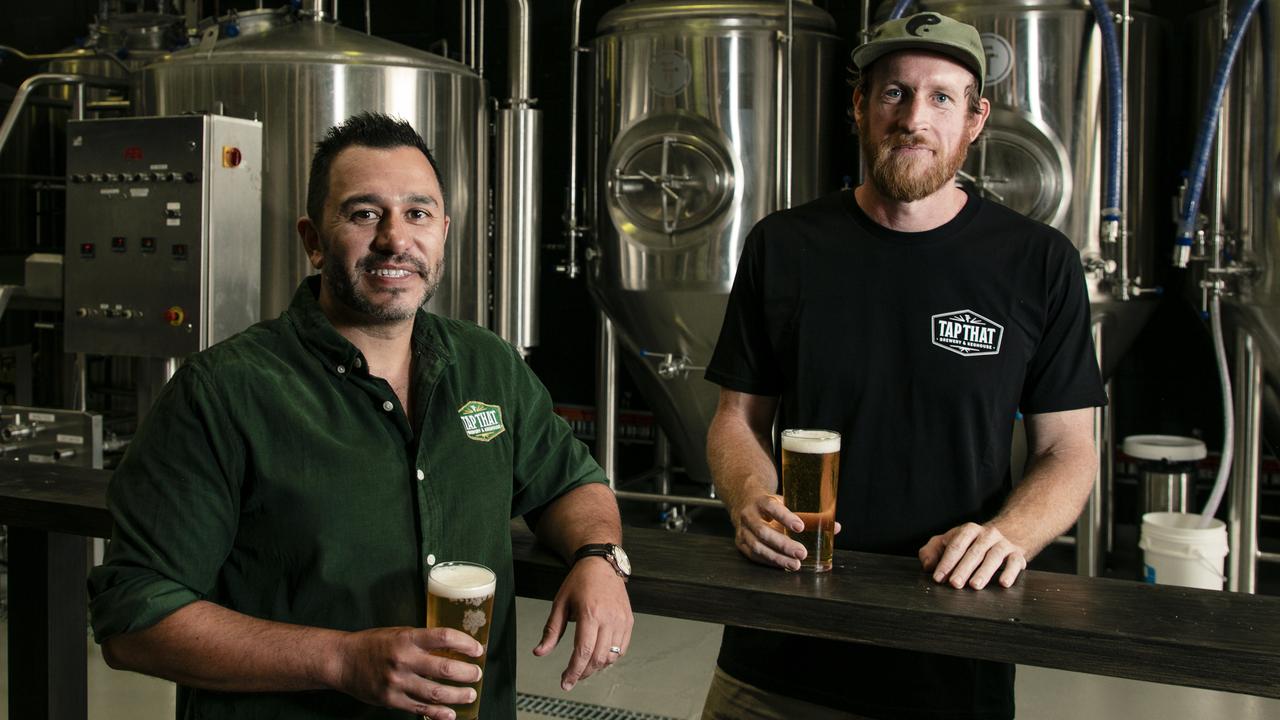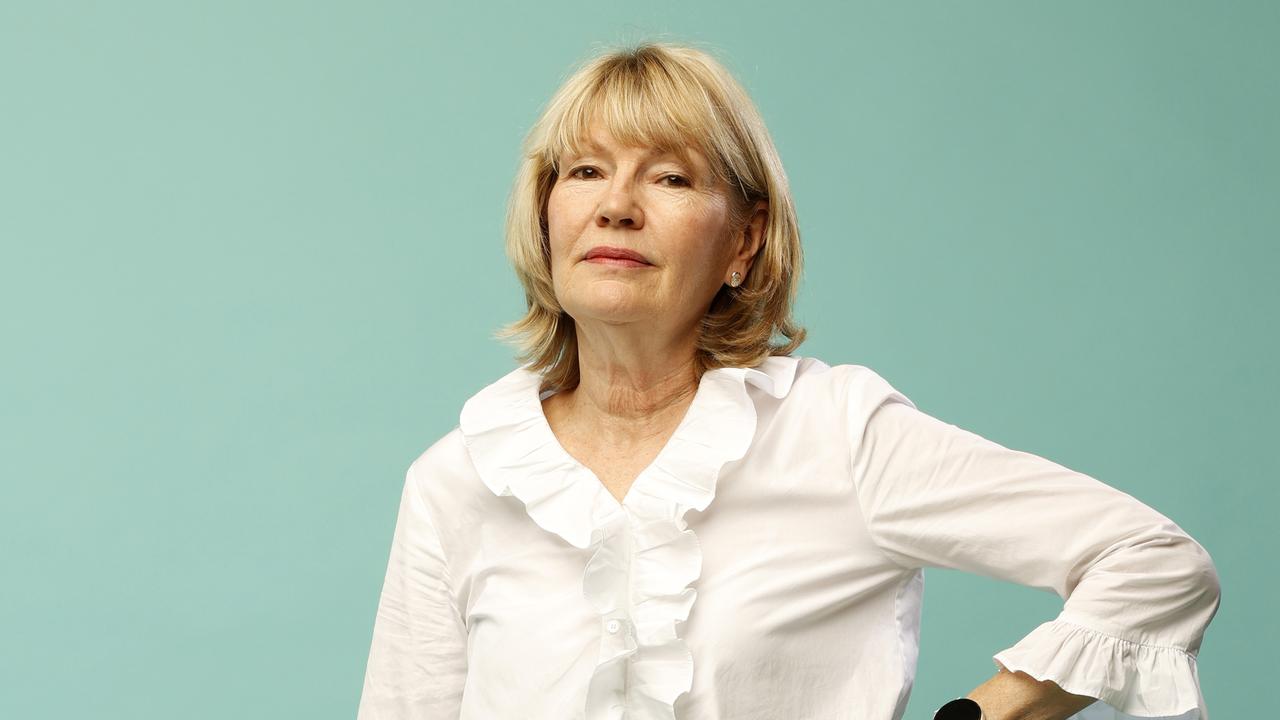Broadbeach Family Practice owners doctors Mary and Philip Lever opened one of Gold Coast’s first clinics, they refuse to leave Covid frontline so can help patients
Two of the city’s longest serving GPs say they’re in the ‘fight of their career’ and are refusing to hide away. THEIR STORY.

Gold Coast
Don't miss out on the headlines from Gold Coast. Followed categories will be added to My News.
TWO of the city’s longest-serving GPs remain at the frontline of the Covid response, despite being in the high- risk category themselves.
“I’m so proud of Mum and Dad, at 67 they were within their rights to hide away during the pandemic to keep themselves safe,” said Krista Talbot of her parents, doctors Mary and Philip Lever.
“But their attitude was ‘we’re prepared to stay and work and we don’t care if we get sick or die’.
“They’ve been putting themselves on the line for decades and continue to in order to get the community vaccinated, even though Mum has asthma and catching Covid could be very dangerous for her.
“They genuinely believe Covid is the fight of their career. They are not prepared to stay home and hide, they want to be there for their patients and do everything they can to keep them safe.”
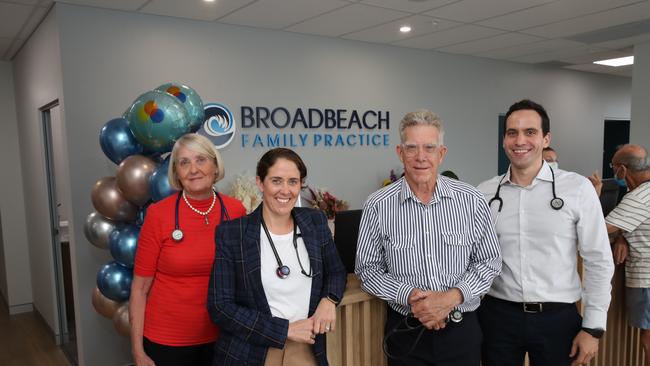
Dr Talbot, who joined her parents in the business this year, spent her holidays in the 1980s playing at her parents GP clinic, the Broadbeach Family Practice.
“My parents were always being stopped in the street by patients who wanted to say hello. I would spend sick days and holidays there and at Christmas time presents would load up under the tree for all the family from the loyal patients,” he said.
These days, the patients love that the little girl that grew up playing and then doing her student days learning at the practice is now their doctor.
Dr Talbot’s parents were born in Brisbane, and while Mary went to school and university there, Philip boarded at The Southport School and “fell in love with the Gold Coast”.
“He would paddle across the canal from the school and head over to the beach when he could for a surf,” said Dr Talbot.
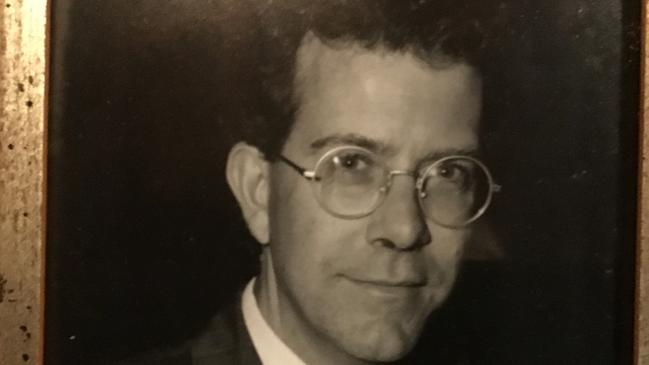
“He’s still the same, he starts late most mornings so he can have a surf before he sees the patients. He loves to surf with me now and his grandchildren as well.”
The pair met at the University of Queensland and married the year before they graduated in 1976. After graduation they drove to Darwin where they worked with First Nations communities, something they say had “a huge impact” on them.
After an adventure working overseas in Wales, they returned to the Gold Coast to set up their practice in rented rooms in Surf Parade.
“My parents and their mates all pulled together to get the rooms set up and convince the first of the patients to start coming in and trusting them,” said Dr Talbot.
Philip was heavily involved in the medical community and was the inaugural president of the General Practice for the Gold Coast. He was also on the board at Pindara Private Hospital and was deputy chairman of the board for a time.
Dr Lever said being a doctor in the 1970s and ’80s was far different from today.
“Back then if your patient needed to go to hospital you wouldn’t just call an ambulance and send it there, you would go to the hospital and do the admission, put in the drip, write up the management and look after the patient as well as those turning up to your general practice,” she said.
“Philip would often have up to 15 patients admitted in hospital. He could also confidently attend and assist at surgeries of his patients, help with deliveries of new babies etc. With the lack of traffic he could confidently get to the hospital at Pindara and back into Broadbeach very quickly.”
Last month the Levers, Dr Talbot and Dr Brett Quabba, who joined the practice as a partner in 2021, moved from their original premises to the bottom of the QUBE building at 29 Queensland Ave Broadbeach.
“With the increased need for space to get the vaccines out as fast as we can, we moved somewhere to better accommodate our growing needs,” said Dr Talbot.
“It often takes three-to-four consults with us for patients to feel comfortable to get the Covid vaccine, but being patient with people and their concerns is really important to us.”
Will Coast’s health system cope with demand in 2032?
November 12, 2021
A STRETCHED Gold Coast health service will desperately need more hospital beds, staff and resources to cater for an ageing Baby Boomer population and influx of migrants.
One of the fastest-growing cities in Australia already has fewer public hospital beds than the national average and waiting times for patients in ambulances are lengthening.
The Coast’s only salvage, a new hospital at Coomera, is up to 10 years away from opening its doors, and seven satellite facilities such as the one earmarked for Tugun will offer largely early intervention and day therapy. It is expected to open by 2023.

As for the city’s under demand mental health services, Gold Coast Health says it’s working with the state government to build a Secure Mental Health Rehabilitation Unit on the grounds of Gold Coast University Hospital (GCUH).
The $105.5m project will provide 40 beds, with the design process to be finalised in late 2021 and the facility expected to open in early 2024.
Bulletin questions to both Queensland and Gold Coast Health asked how they would cater for a growing population, what projects were in the pipeline, and what would the health landscape look like some 2032.
A Gold Coast Health spokeswoman said the Coomera health precinct was in the early stages of planning and it had been working with the state government to evaluate the social impact of the development.
“Community consultation conducted in the northern corridor indicates overwhelming community support for a new hospital and health precinct in Coomera. We expect the planning and construction process will take six to 10 years,” she said.

According to its master plan, the project will include two 12-level hospital buildings, a seven-level clinical services block, two five-level car parks and a five-level facility centre. It could start next year and “evolve” across five years.
Australian Bureau of Statistics data shows about 103,000 seniors aged 65 and over live on the Gold Coast. The city has a higher proportion of seniors, 16.6 per cent of the total population, compared to Queensland at 15.7 per cent and Australia 15.9 per cent.
By 2041, the amount of seniors here is set to increase to 195,734 and account for one-fifth (20.7 per cent) of the city’s total population.
Demographer Bernard Salt said providing extra hospital beds for an increased population and delivering aged care for frail elderly was the top of his list for 2032.
“In my work around Australia I rarely come across a health service that says ‘we’re right for hospital beds’. No one ever says that,” he said.
“As we move to 2032, in the next five to 10 years there needs to be planning for more beds, especially. For the Baby Boomers that are now aged 60-75, in a decade there’ll be a real requirement for aged care.
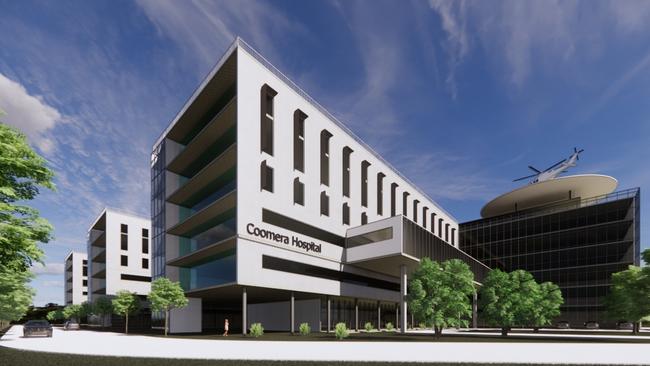
“In the mid 2020s to mid-2030s there’s going to be acute demand for aged frail care and because of the pandemic, demand for in-home care will be heightened.”
Mr Salt said Covid had prepped middle Australia in the process of “cocooning” which means people study, work and consume entertainment at home as well as using telehealth.
“The Covid experience has enabled middle Australia and even older generations to navigate new technology, download apps and complete extra tasks digitally,” he said.
“So older Gold Coasters will want to age at home, sort out a cleaning service to come to them … it’s far more efficient that actually being in a dedicated aged care facility with beds.”
He predicts that by 2032 home-based care for the elderly will be the preferred option, particularly considering the quality of life at home cannot be replicated in a care facility.
Professor Wendy Moyle, a program director at Menzies Health Institute Queensland at Griffith University, said the region’s healthcare sector needed to rethink how it treated its ageing population and reduce existing “ageism”.
“There must be a focus on staff training and changes to the environment so that hospitals become aged-care friendly,” she said.
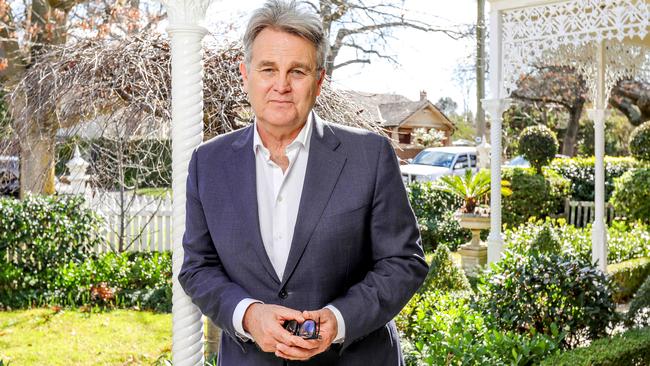
“We must know and align older person’s specific health care outcome goals and care preference and if medication is necessary it must be age-friendly and not interfere with what’s important to what matters to the older adult, whether it’s mobility or mental activity.”
Prof Moyle said providers must prevent, identify, treat and manage dementia, depression and delirium across settings of care, and care must be taken to ensure older adults can move safely to maintain function and do what matters for them.
She said transport must be safe, secure and regular and cheap, with automated vehicles considered as options to ferry older people to public or provide transportation.
“An emphasis on safety and security around the place of residence is important to help older people to continue to feel part of the community,” she said.
Housing may be small-scale community in which younger people live with an older adult to help them instead of paying rent.
“It’s about knowing what matters to older people and aligning their specific health care outcome goals and care preferences,” she said.

BIG GLOBAL NAMES PIONEER TECHNOLOGY AT PRECINCT
THE 200-hectare Gold Coast Health and Knowledge precinct is the city’s secret weapon in reducing pressure on the overburdened health service – if leaders can ever sort it out.
Global companies are pioneering health technologies and trialling cutting-edge medical intervention such as the world’s first rotary artificial heart and a patented system that precisely removes selected tissue while sparing surrounding anatomy such as nerves and blood vessels.
Professor Paul Scuffham, the Director of the Menzies Health Institute Queensland at Griffith University, says: “Precision medicine is on the rise and we’re also treating more people through telehealth. By 2032 there’ll be new things we haven’t even thought of yet that will be improving the way patients are cared for.”
In the case of aortic valve replacements, in Canada these can be done in two hours with patients only required to stay one night. This compares to the more invasive four-hour procedure that requires open heart surgery, a stint in ICU and at least a week in hospital.

Already located at the precinct, US-based BiVACOR is behind the world’s first rotary artificial heart. It will conduct final blood compatibility R & D with the world-class Griffith University Mechanobiology Research lab and hopes to implant its revolutionary total artificial heart device into the first patients within two-to-five years.
“After coming back from the US where we work very closely with the world-renowned Texas Heart Institute, to see the expansion of this area was really attractive for us to bring our technology back to work with a world-leading laboratory at Griffith,” BiVACOR chief executive Daniel Timms said.
Meanwhile, Silicon Valley-based Precise Light Surgical (PLS) plans to have its chief executive, Australian R & D and commercial team in the precinct while it rolls out the Australian manufacture of its patented Optical Scalpel (O-Pel™) system.
This cutting-edge technology precisely removes selected tissue while sparing surrounding anatomy such as nerves and blood vessels.
“In five years, we hope to have built a successful international HQ on the Gold Coast, with local APAC manufacture and significant employment,” chief executive Richard Nash said.
Griffith University Vice Chancellor Professor Carolyn Evans said industry co-location was critical to taking research out of the lab and providing jobs for graduates.
“Working with these co-located companies, our researchers will be able to directly contribute to translating improved healthcare and initiatives for a sustainable future, while our students will have our access to internship and training opportunities, and our graduates will have great local job opportunities.”

